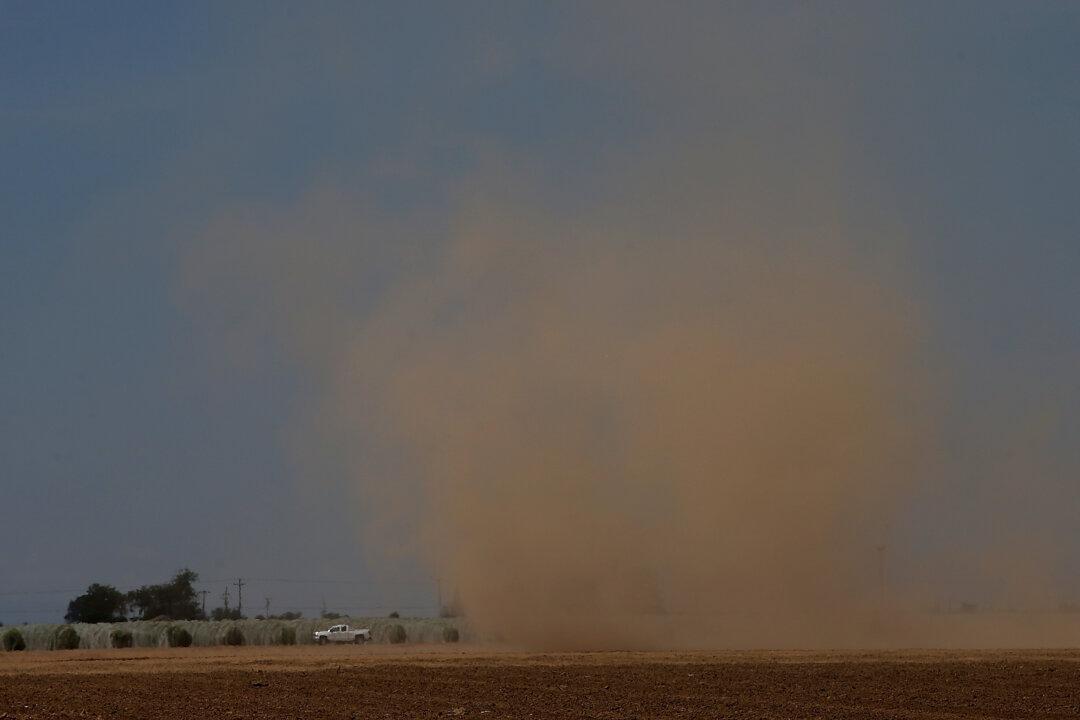A deadly fungal disease found in soil and spread by wind in California’s Central Valley is on the rise, with an increase of hundreds of new cases.
Documented cases of Valley Fever increased by 11 percent in 2018, according to the California Department of Health (pdf). Officials found 7,886 cases versus 7,090 cases the previous year.





